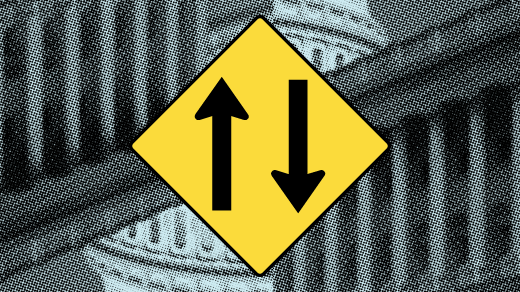The publication, Guide to Owning Transparency: How Federal Agencies Can Implement and Benefit from Transparency, was released earlier this month and is the result of an extended collaboration. The guide was sponsored by the US Office of Personnel Management (formerly the US Civil Service Commission)—which is the "human resources" agency for the US Government.
Transparency—as in the free and open sharing of scientific information and data—is an essential democratic value irrespective of whether data originates in the private or public sectors. It includes both primary scientific data, as well as data and information about organizational practice.
Open source, specifically, has an important part to play in the open government movement. Open source software is, by definition, transparent. It is developed by a democratic community of users and shared in an egalitarian way.
Moreover, when budgetary constraints are imposing severe limits on government's ability to adapt to a dynamically changing technical environment, open source software minimizes the transaction costs associated with adaptation and use.
Some of key legal, technical, and budgetary challenges are outlined in Chapter 4, "Constraints on Transparency." In the interest of transparency (and disclosure), I authored Chapter 4 as a volunteer.
In the private sector, transparency focuses on disclosures of information and data essential to the informed evaluation of the performance of for-profit corporations and not-for-profit organizations. In the public sector, open government seeks to improve the transparency of government operations so that both the government and the public can make well-informed judgments about the relative efficiency and effectiveness of government, about the success of government programs in meeting their intended missions. Thomas Jefferson argued that such transparency would enable "every member of Congress, and every man of any mind in the Union... to comprehend..., to investigate abuses, and consequently to control them..." (Jefferson, 1802, as quoted in Rawson and Miner, 2006).
What are your thoughts on these issues and on transparency in government?








Comments are closed.